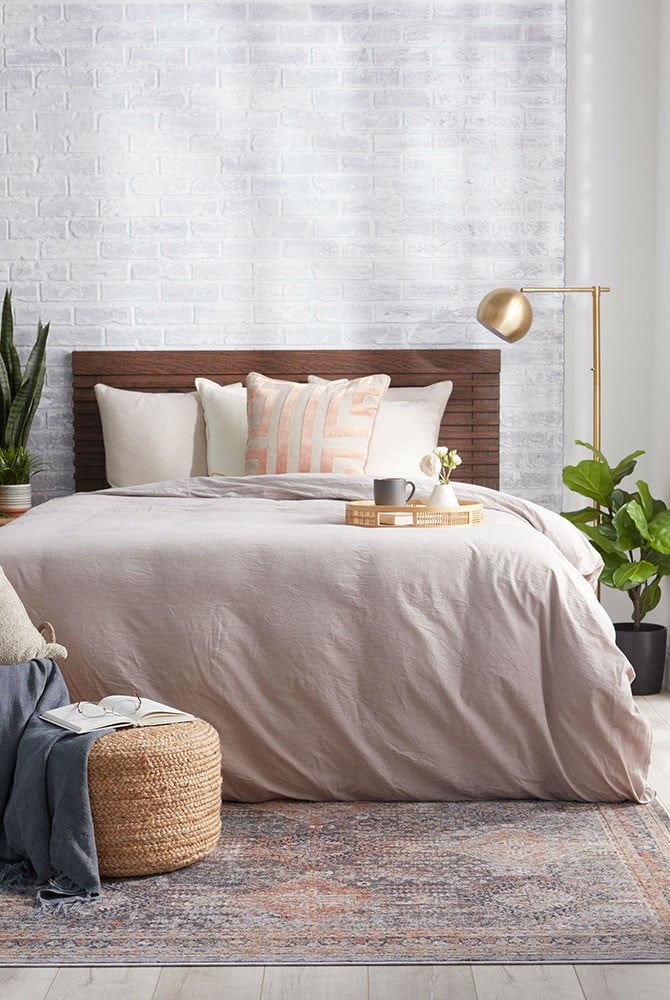Enjoy Free Shipping on Us
Rug Size Guides
Moroccan rugs are highly iconic with their use of unique colors, tribal designs, and masterful construction. These rugs are often hand-crafted in Morocco by indigenous tribal people. With that, there is a great sense of tradition passed down in the making of the rug alongside the patterns and colors used in the rug. That is why so many people are including Moroccan rugs in their homes today.
Moroccan area rugs have a deep, rich history that can be traced back as far as the 7th century. These rugs, known as Berber rugs, were first crafted by Moroccan tribes in North Africa. The rugs were named after the Berber tribe, who lived in the mountainous region of the Middle and High Atlas Mountains. It is here where the tribes began to create rugs known for their unique patterns, colors, and high quality wool. Today’s Moroccan rugs are similarly defined by these facets as they remain true to their origins.
For more tips and ideas, join our mailing list.
Origin: Azilal rugs are crafted by the Berber people from the provincial capital of Central Morocco in the High Atlas Mountains. Because of their access to the sheep of the region, these rugs frequently used the high quality wool associated with Moroccan rugs. However, cotton is another popular material used in these hand-woven rugs.
Designs: Even within Moroccan rugs, Azilal rugs are truly unique as they use bold colors atop a white or cream background color. The designs of these rugs frequently connect to the family’s tribal history through the use of archaic symbols and images to represent myths and storytelling. Many of the rugs also represent femininity to honor their tribal standing.
Texture: Since Azilal rugs are crafted from natural wool and cotton, these rugs are known for their comfort. They also boast a medium-pile height to provide the perfect balance between comfort and durability.
Versatility: Because of their vibrant colors, culturally-rich designs, and versatile weave, these rugs complement many interior design styles. They can reinforce youthful tribal and boho styles, but they can also serve as a unique addition to traditional and contemporary homes.
Moroccan rugs have a deep, rich history that is present in today’s rugs. Through various methods of weaving rugs, different motifs and symbols, and color palettes, these rugs are beautiful accents for modern homes. Not only that, but thanks to their quality materials and great craftsmanship, they can also serve as highly comfortable heirloom pieces for main living rooms or private bedrooms.
Enjoy Free Standard Shipping on us within the continental United States. For orders to Canada, Puerto Rico, Alaska, and Hawaii, freight forwarding costs and associated duties will be calculated at Checkout. For large, oversize rugs that require a surcharge above our shipping and freight partners’ standard shipping rates, an Oversize Processing Shipping fee is calculated in Cart.

Your discount code is on its way.
If you don't receive your promo code, please check your email junk or spam folder and click on "Not spam".